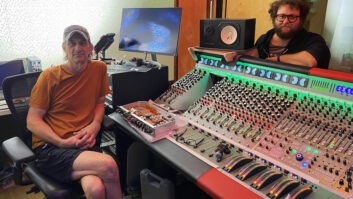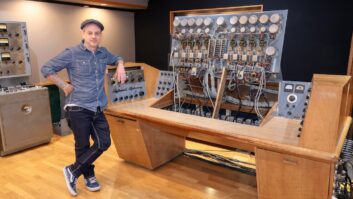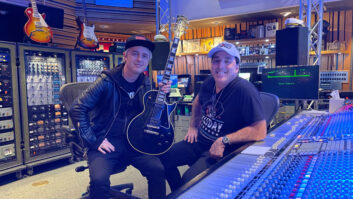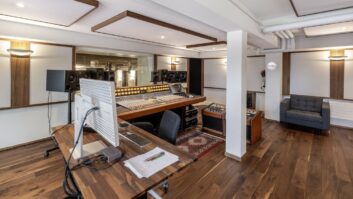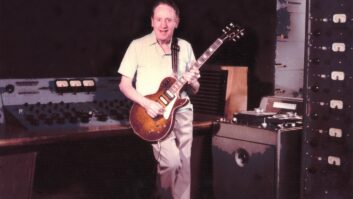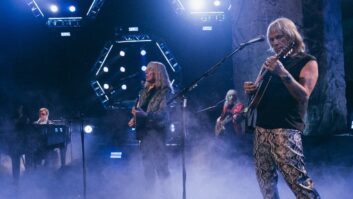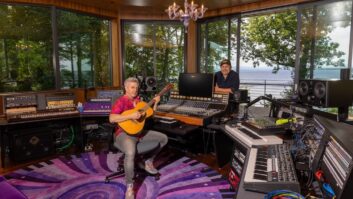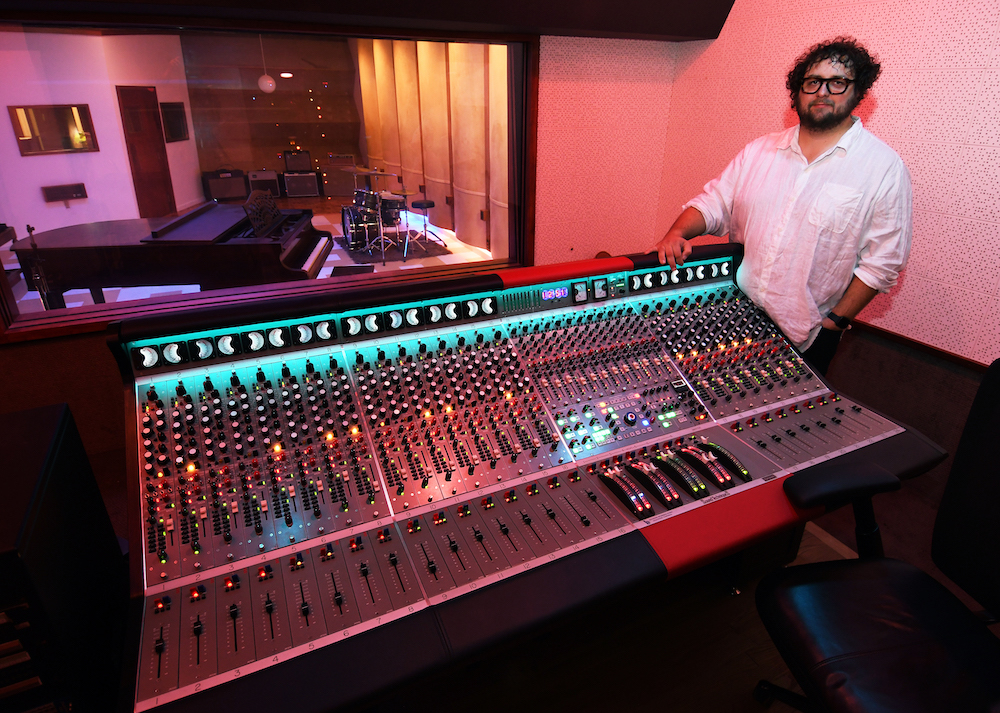
Hollywood, CA (January 31, 2024)—Several months after moving to Los Angeles from his native North Carolina in the summer of 2010, Clay Blair was looking for a mix room to move into when he spotted an ad on Craigslist. There were no details, just a photo of a white-painted brick wall. When he got to the nondescript, single-story building on Hollywood Boulevard, close to Capitol, United Recording and EastWest Studios, the power was off, so he had to use a flashlight to look around. What he saw had his Spidey senses tingling.
The place was a mess, with torn carpet on the floor, more carpet on the walls, and water damage. “But I just knew, this is an actual studio that has been here for many years. You could smell it,” he recollects. “So I said, ‘Where do I sign?’”
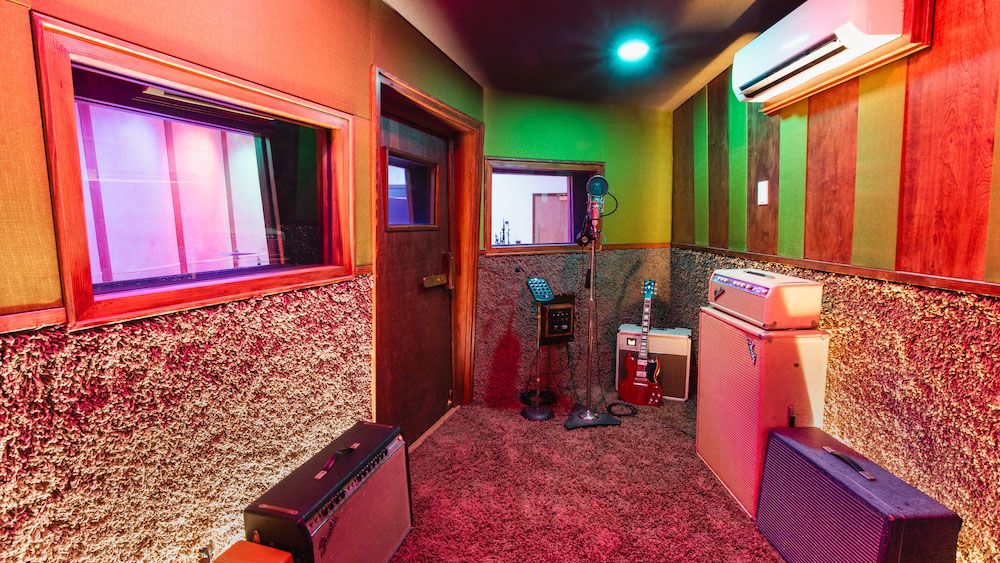
Blair was right to trust his instincts. The studio was originally built in 1966 as Continental Recorders. From 1987 until just a month or two before Blair arrived in L.A., it was Westbeach Recorders, owned by Bad Religion guitarist and Epitaph Records founder Brett Gurewitz. During those intervening 23 years, Bad Religion, The Offspring, blink-182, Concrete Blonde, Mazzy Star and numerous others worked at the facility.
Capturing SZA’s Vocals with Rob Bisel, Part 1
More significantly, perhaps, between Continental and Westbeach, the building housed both Producers Workshop studio and Doug Sax’s Mastering Lab. Producers Workshop was established by Seymour Heller, a larger-than-life talent agent and artist manager who handled the likes of Glenn Miller and Count Basie, and was behind Liberace’s record-breaking success. The studio’s client list was a true who’s-who of the business: Ringo Starr, Ray Charles, Carly Simon, Alice Cooper, Liberace and many, many others.
Pink Floyd finished and mixed The Wall at Producers Workshop. Fleetwood Mac’s Rumours was mixed there. Much of Steely Dan’s Aja was tracked at the studio, with engineer Bill Schnee behind the desk. As often as not, projects mixed at the studio went next door to Doug Sax for mastering.
Schnee’s name came up a lot when Blair was researching the room’s history, so he arranged to meet the legendary engineer, along with Elvis Presley’s engineer, Rick Ruggieri, who also frequently worked at the studio, to pick their brains. He learned that the room had sounded its best in the late 1960s when it had Armstrong tiles in the control room. It took a lot of work, Blair admits, but he eventually restored the studio, which he named Boulevard Recording, to its former glory. “I went back to Armstrong tile, and it greatly improved the sound of the room,” he confirms.
REBUILDING A CLASSIC STUDIO
Initially, Blair installed a Trident 80C mixing console. Five years later, he replaced it with a 40-input API from Greg Rike’s studio in Florida, where it had been used to record Deep Purple and Backstreet Boys, to name just a couple. The console’s lineage went even further back, Blair found, to when it had originally been custom-ordered by ABC-TV in New York. “The only other one from that era I’ve seen was at RAK in London, so it was a very rare desk,” he says.
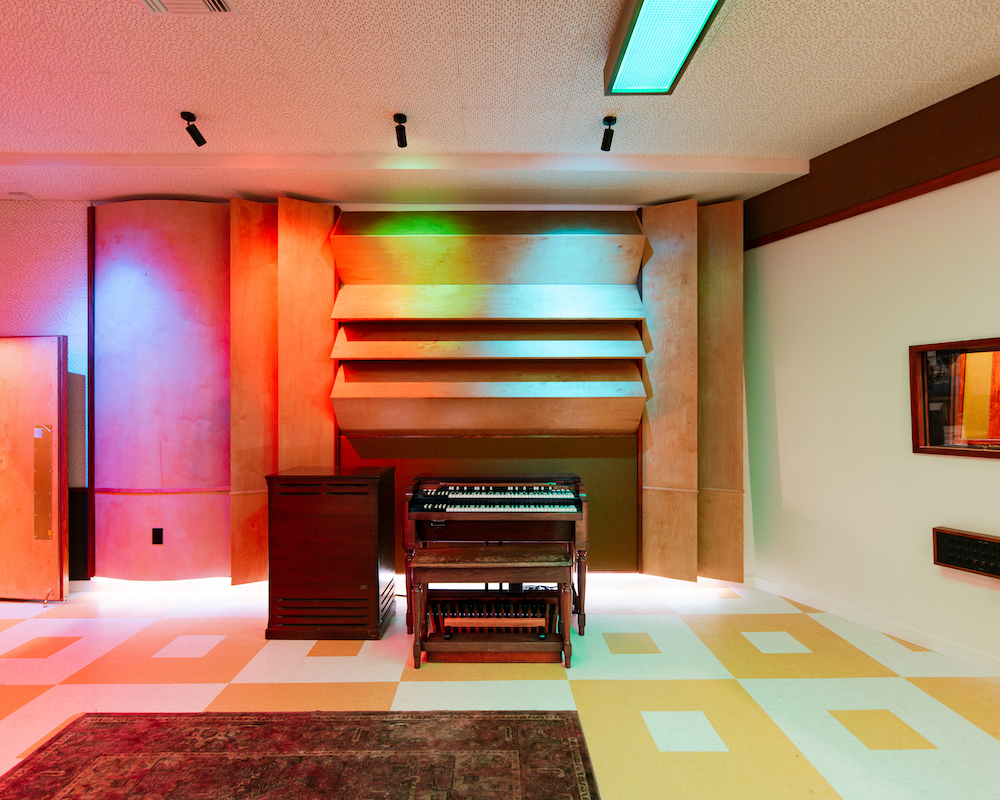
The API took things to the next level, he notes. Everything ran smoothly, even during the pandemic, until one Sunday night in November 2021, when no one was working and a lithium-ion battery sparked a fire. “It started in the lounge, luckily,” Blair says. “If the mics had been out, they would have been ruined, but they were all in their cases. They didn’t even smell of smoke when we got to them.” The control room, not so lucky, was a total loss.
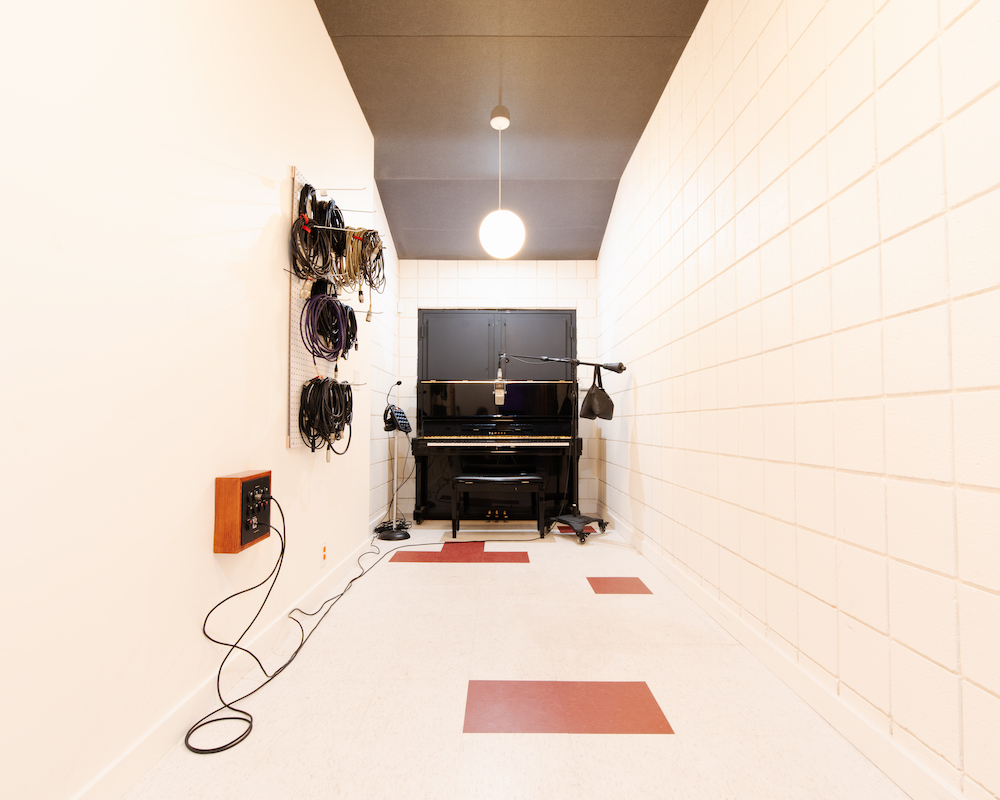
Now, two years on, Boulevard Recording has emerged, Phoenix-like, from the ashes. By the time Josh Nyback and his Nyback Builds team arrived, Blair says, the walls had been stripped to the studs. The team had to work from old photos and Blair’s memory to restore everything from the acoustic treatments to the wood trim. The Armstrong tiles are back, as is the unfinished linoleum floor, both of which, Blair says, “are a big part of the sound.”
